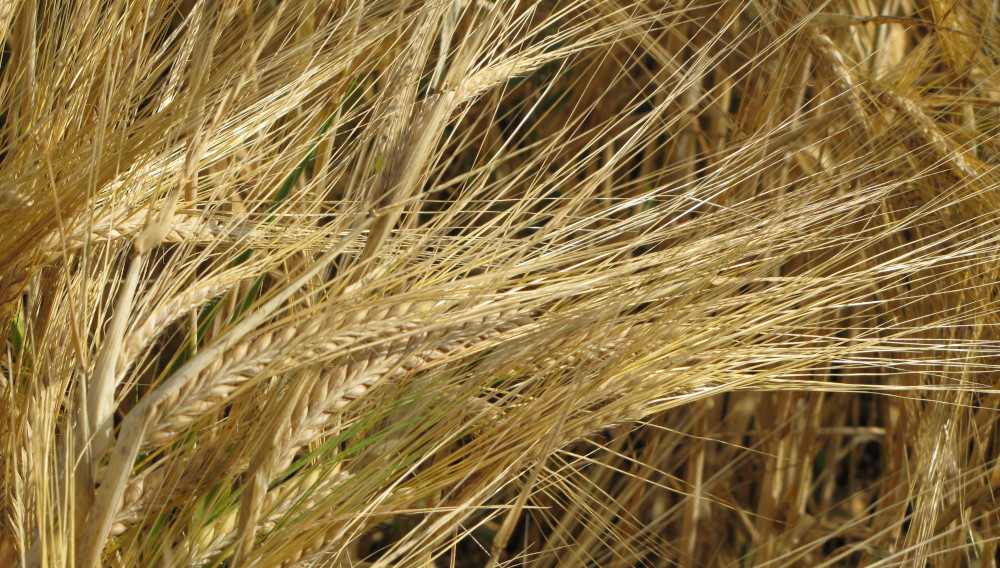Good supply of spring barley in Europe – weak prices expected
Spring barley 2020 in Europe | The acreage of spring barley in Europe remains spacious. Even though growing conditions are not favourable in all regions, barley is not expected to be in short supply this year.
France
The area of spring barley in France is estimated around 700,000 to 730,000 ha, which is even higher than in the first report. The expected share of malting barley, however, is expected to be slightly below average at 64 percent. The conditions were difficult before heading. A dry and warm spring affected the plants and the ears are described as relatively small. Rain came too late, but can still have a positive effect on the grain filling phase. In the North of the country the situation is slightly better, but not comparable to last year.
Great Britain
In Great Britain, the area of spring barley has been significantly expanded to about 1 million ha. Drought in late April and throughout May and an extraordinary wet June have shaped the growth. Meanwhile, the yield forecasts are somewhat more optimistic.
Scandinavia
The growing conditions in Denmark are reported to be exceptionally good - despite a very dry spring. In the western part of the country the crop development is classified as good, in the East as decent to good. At 565 000 ha, the acreage is almost 100 000 ha larger than in the previous year. In Sweden, the prospects for decent yields and qualities are estimated around two thirds of the acreage under cultivation. In Finland, sowing had to be interrupted for 10 to 12 days due to rainfall. Night frosts in May and slow development have resulted in different and less dense fields. Especially in the West and Southwest there is a lack of rainfall.
Germany
In Germany, the estimated acreage in 2020 ranges from a reduction to 349 000 ha to an expansion of three percent to 368 000 ha. The extremely dry and warm spring has left clear traces in all growing areas. The precipitation of recent weeks was not able to defuse the tense situation in all growing areas. Local drought damage will leave its marks by the time of harvesting, resulting in low crop densities and inhomogeneous harvest quantities. All in all, the late water supply there gives hope for good grain formation.
Netherlands
In the Netherlands, the rain in June cannot compensate for the delays caused by the drought in spring. The area increases to around 30 000 ha.
Austria
The area in Austria was again reduced by about 12 percent to a good 31,000 ha. The massive drought from mid-March to mid-May thinned out the stocks considerably. Increased attempts are being made to sow spring barley in autumn.
Eastern Europe
In Slovakia, the growing conditions were not favourable for the plants either. Farmers in the Czech Republic are now becoming somewhat more optimistic. The rain in June has helped grain formation, even though record yields are not expected. In Poland, on the other hand, the conditions for spring barley during vegetation are considered very good despite the regional differences in rainfall and dry conditions. However, high yields are definitely expected.
Few diseases expected
There is little talk of disease due to the frequently high temperatures in all countries.
The supply of malting barley in Europe in general is more than guaranteed this year. The first batches of harvested winter malting barley in France and Germany are also expected to yield quality and good results. "It smells of weak prices," stated a market participant.
The mood among maltsters related to the lockdown due to the coronavirus has improved somewhat in the meantime. There is again a slight demand for malt. However, postponed contracts are being processed for the time being. Maltsters and brewers are well covered until the new calendar year. The market for malting barley and malt will therefore remain calm while prices are falling.



